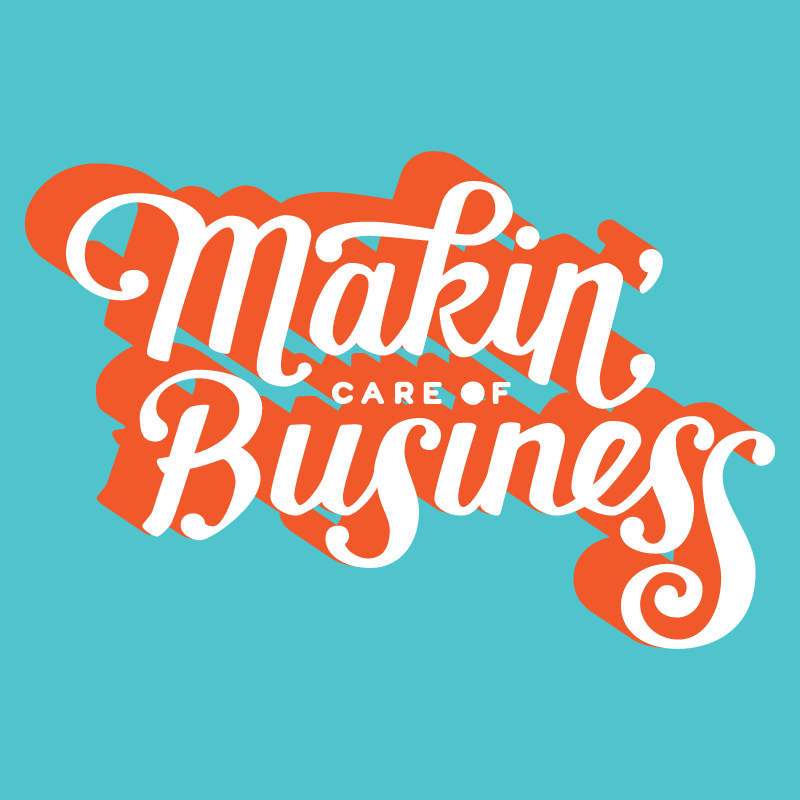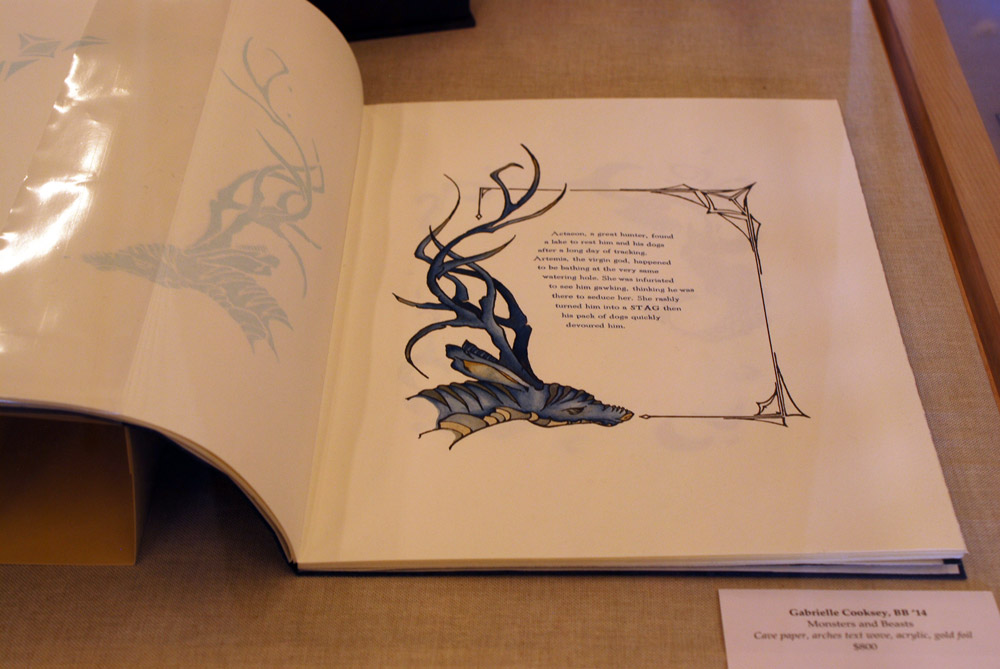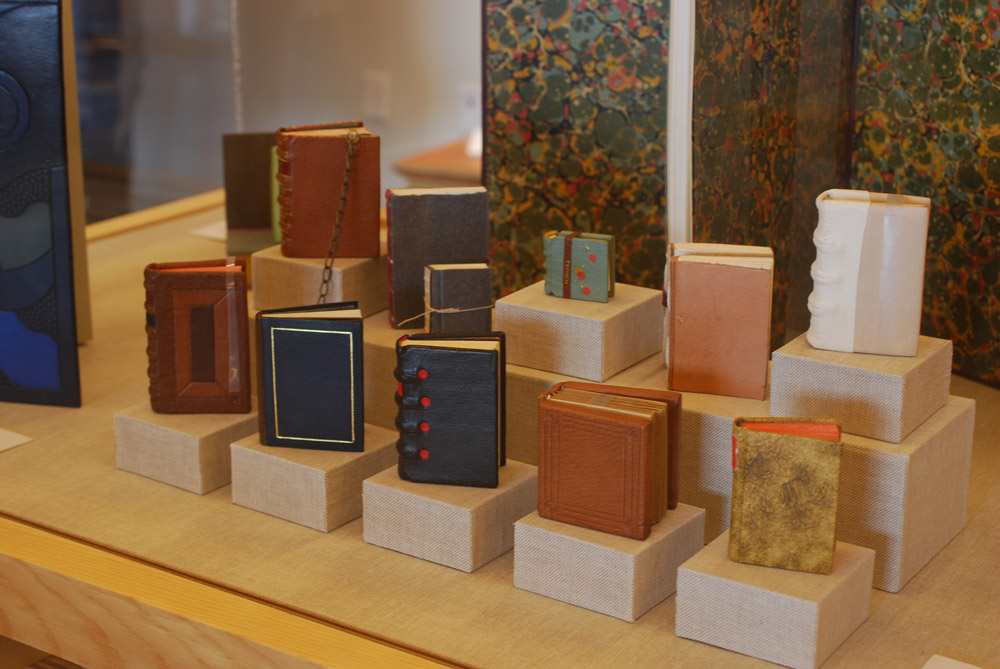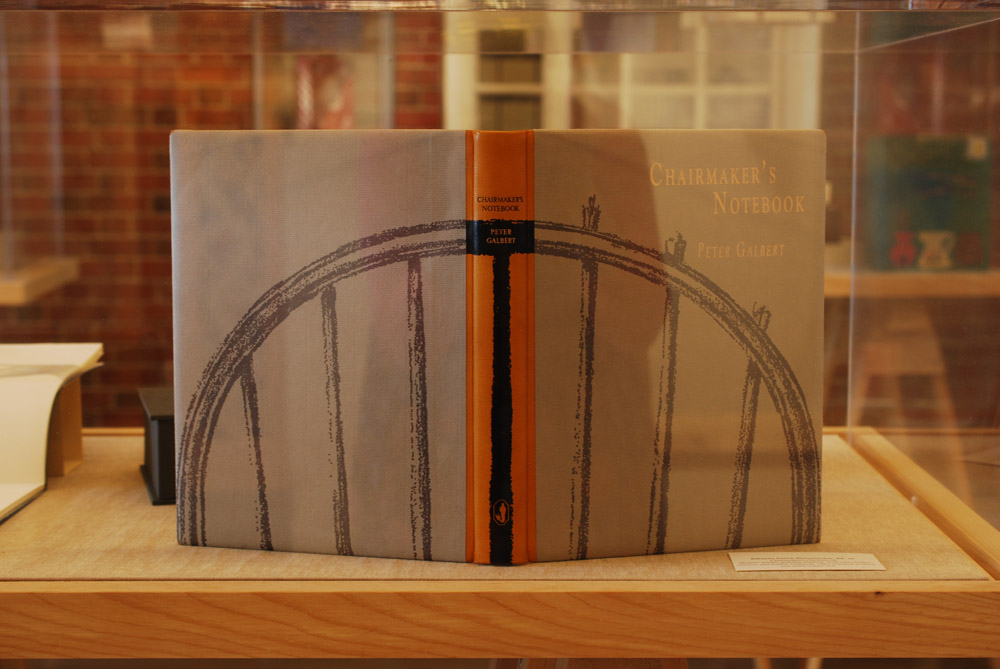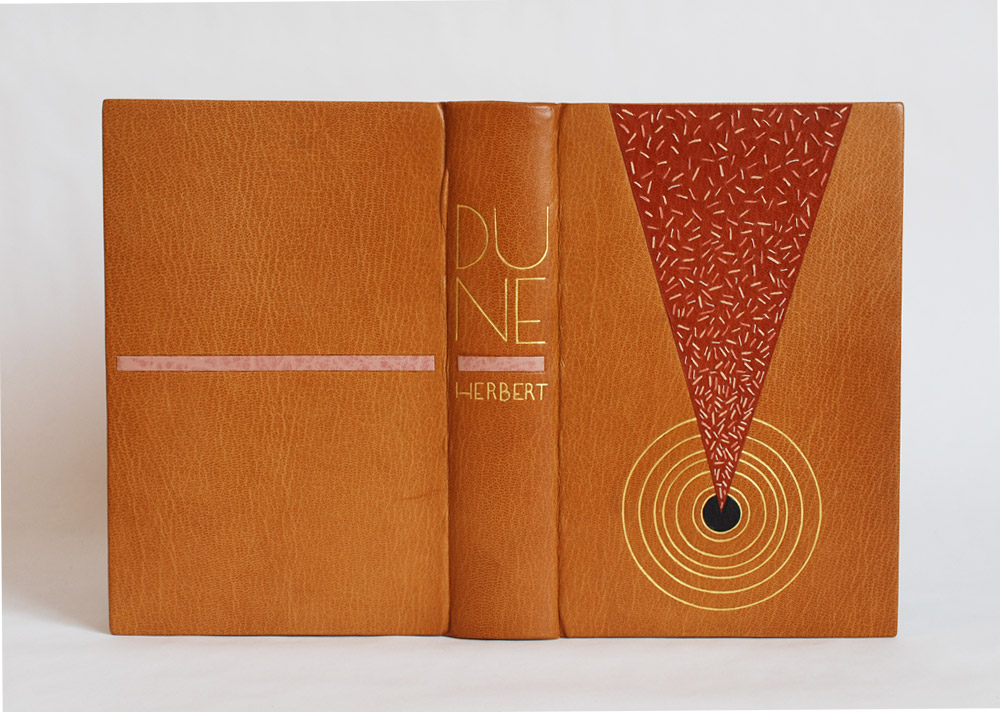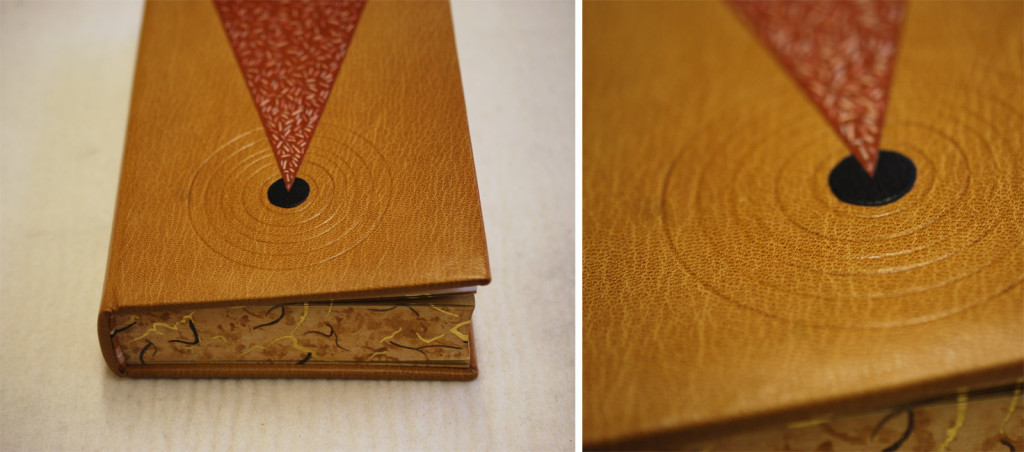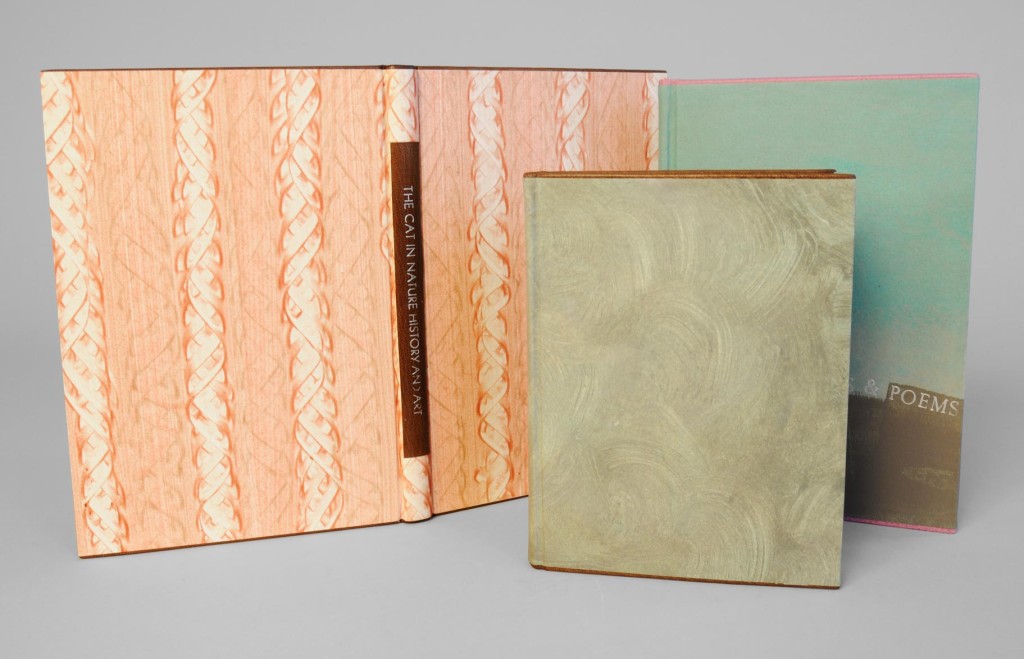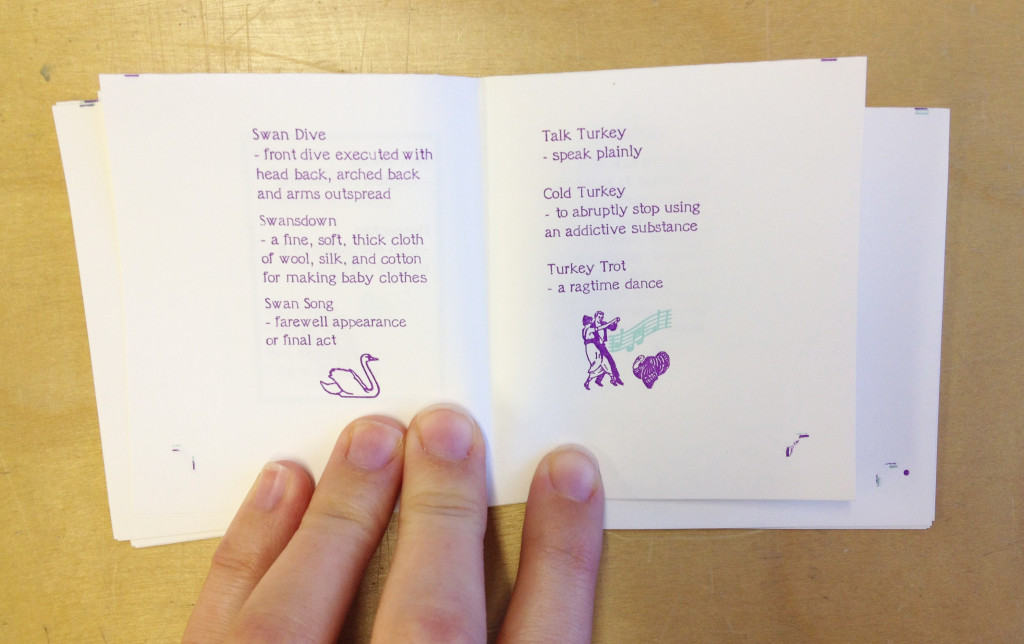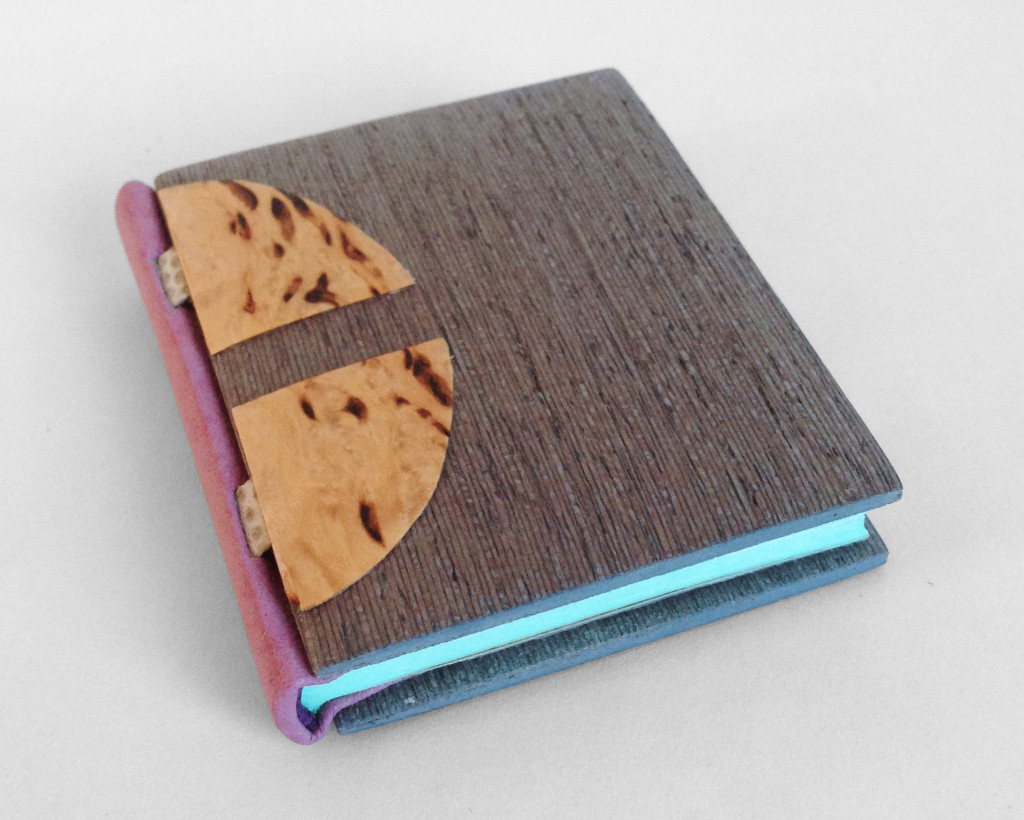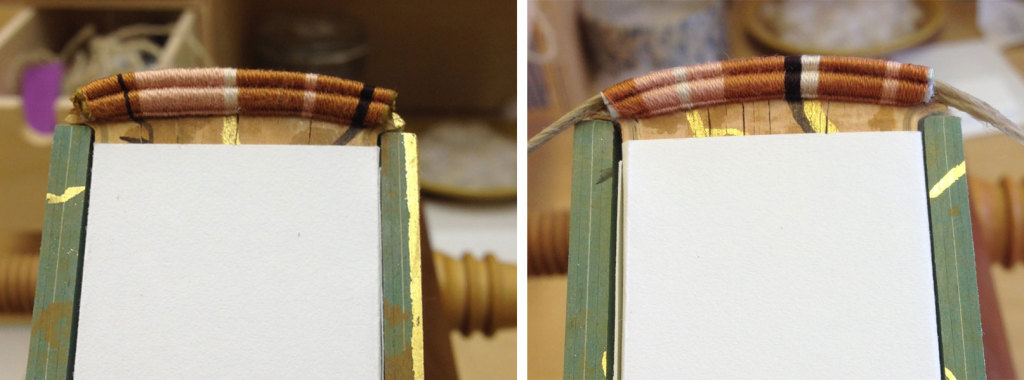Check out my interview on Makin’ Care of Business! Rachel Binx is a three-time business owner (Monochōme, Gifpop, and Meshu), who started this amazing collection of interviews with other makers who have turned their passion into a small business. She encourages everyone she interviews to speak honestly about their experiences on starting a business, the successes and struggles.
I did my best to follow these guidelines, I hope you enjoy and please spend some time perusing the other great interviews she has done.
